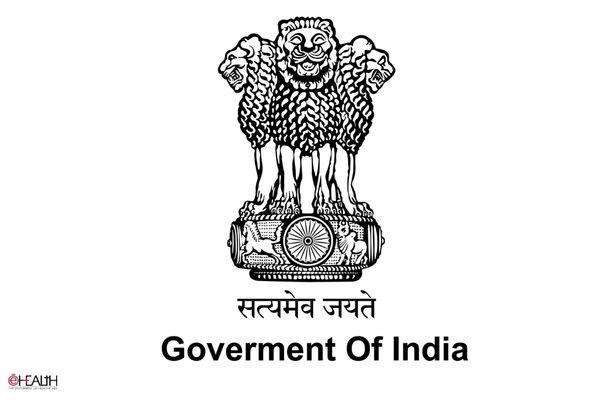
Smoking waterpipes, or hookahs, creates hazardous concentrations of indoor air pollution and poses increased risk from diminished air quality for both employees and patrons of waterpipe bars, according to a new study from the Institute for Global Tobacco Control at the Johns Hopkins Bloomberg School of Public Health.
In an analysis of air quality in seven Baltimore hookah bars, researchers found that airborne particulate matter and carbon monoxide exceeded concentrations previously measured in public places that allowed cigarette smoking and that air nicotine was markedly higher than in smoke-free establishments.

“There is a mistaken notion that tobacco smoking in a water pipe is safer than cigarettes,” said Patrick Breysse, a professor from the Institute for Global Tobacco Control.
“Our study found that waterpipe smoking creates higher levels of indoor air pollution than cigarette smoking, placing patrons and employees at increased health risk from second-hand smoke exposure,” Breysse cautioned.
Indoor airborne concentrations of PM2.5 and carbon monoxide were markedly elevated in Baltimore waterpipe cafes, confirming that waterpipe smoking severely affects indoor air quality.

Air nicotine concentrations were also elevated and markedly higher than levels previously found in smoke-free bars and restaurants.
“We need to educate users about the hazards of water pipe use and tobacco control policies need to be strengthened to include water pipes,” said Christine Torrey, a senior research specialist in the Department of Environmental Health Sciences at Johns Hopkins.
The study appeared in the Journal of Exposure Science and Environmental Epidemiology.
With inputs from IANS
Be a part of Elets Collaborative Initiatives. Join Us for Upcoming Events and explore business opportunities. Like us on Facebook , connect with us on LinkedIn and follow us on Twitter , Instagram.












